Are You Using the Right Bullet? Leave a reply
By Jason Brooks
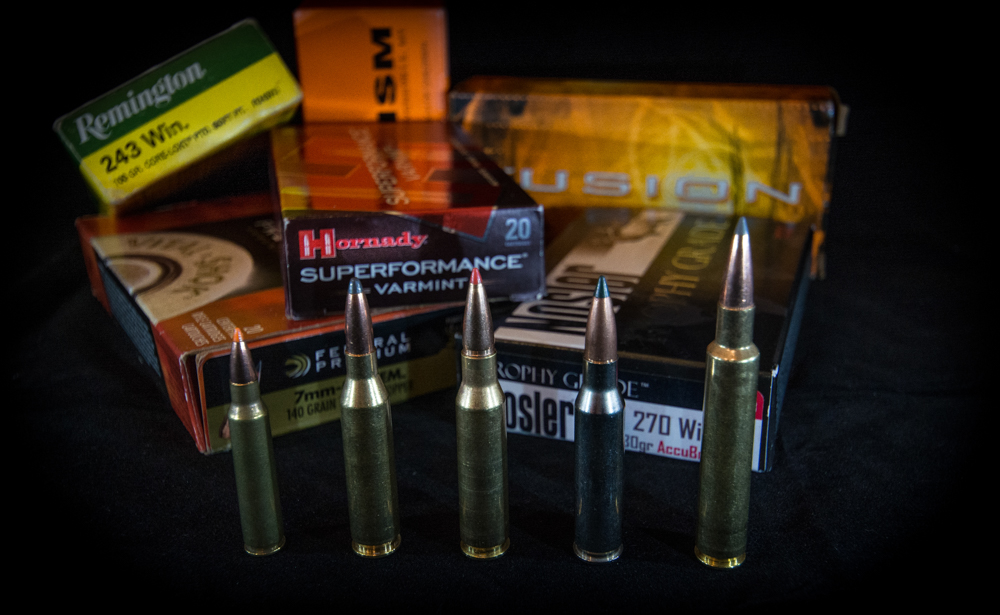
Walking down the aisle at the gun store and looking at ammo you will find a multitude of brands using different bullets in your favorite caliber. So, which one do you buy? Unfortunately, a lot of hunters make this choice by price and not what is best for the application they plan on using the rifle for. Here are a few quick tips on how to choose the right ammunition for your hunt.
What are you hunting? This is the most influential factor in determining which bullet you should use. The coyote hunter that is trying to save fur wants a bullet that enters and “explodes” on impact so there is no exit hole. The elk hunter needs deep penetration, expansion, and a bullet that won’t fall apart so all of the energy is absorbed by the animal. Think about what you plan on hunting and which bullet is best.

Your caliber makes a difference.Speed is part of the physics that goes into the energy your bullet carries downrange. But speed is not the main factor, more on that in a bit. Why speed is important to know is the drop or effect of gravity on the bullet.
You will notice that a fast shooting rifle such as the 25-06 Remington the bullet has a low “drop” at extended ranges because the bullet is moving so fast. The bullet is also very lightweight because the .257-inch diameter bullet is very small. A larger caliber such as the 30-06 which uses the same case as the 25-06 can use heavier bullets and will have more drop since it uses the .308-inch diameter.
Then why not just use a lightweight bullet? The simple answer is energy retention. I often use the analogy that if you were to get hit by a tennis ball going 60 miles per hour it would hurt and leave a mark but you would be fine. If you get hit by a three-hundred-ton train going 1 mile per hour, well, your squished. Same principle (very basic explanation) with the bullets. You need to make a choice for a balanced trade-off between the speed of a light bullet and retained energy of a heavy bullet. For medium-sized game such as deer and antelope the bullet can be on the lighter side but for larger or dangerous game such as black bear, elk, and moose to name a few the heavier bullet is a better choice.
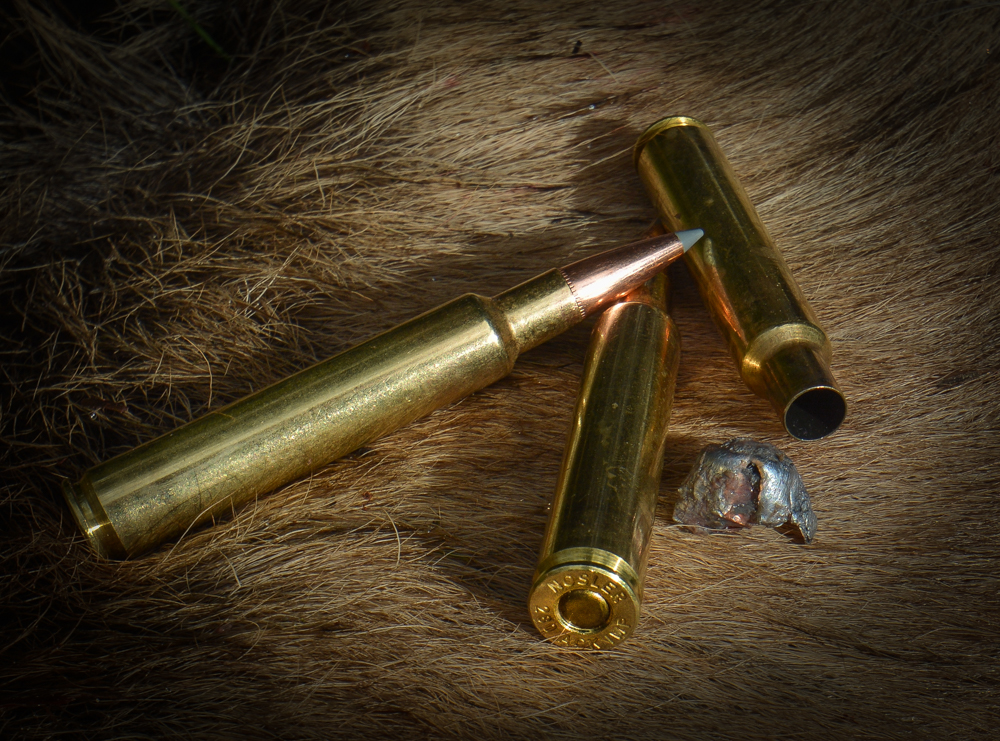
Ballistic Coefficient.This term is used in the ammunition industry to the bullet design and ability to “cut” through the air. This is often referred to as “bullet drag”. The lower the ballistic coefficient the more drag it has, the higher this number is the less drag it has. The reason for this is because of the mathematical formula used to determine the resistance of the bullet in air at sea level uses the numbers as an “off-set” to 100% drag, which is zero. No drag is noted as 1. (note: there are actually several formulas and each can carry a different value for drag but the industry standard is the 0 and 1). So if you have a bullet that has a ballistic coefficient of .500 then it cuts half of the drag of the air, but if you have a bullet that has a ballistic coefficient of .250 then it only cuts ¼ of the drag of air. Ammunition companies are always trying to make a bullet that is designed to have a high ballistic coefficient and a balanced weight along with construction for the effect desired.
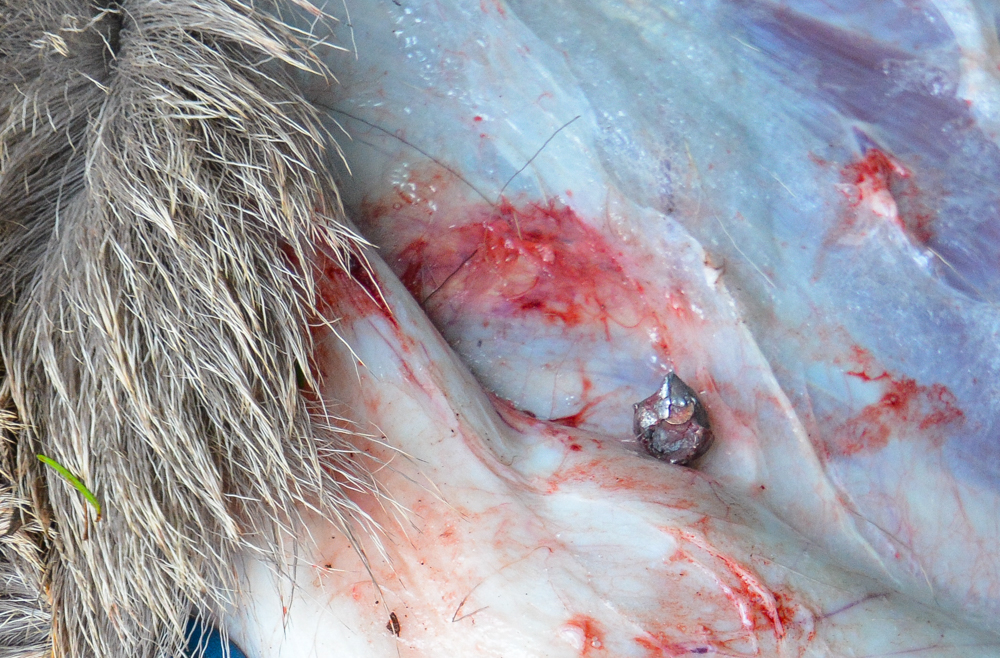
Bullet construction. Now that we have briefly discussed speed, weight, and ballistic coefficient with a very basic understanding on how they are a factor in which ammunition you should buy it’s important to understand bullet construction. This is why some ammunition costs more than others. You can have a super-fast, heavy and drag cutting bullet only to have it fail due to bad construction and the animal is wounded and lost. One of the most expensive parts of the round you shoot is the bullet and this is passed along to you so the companies can have tight construction tolerances as well as continue designing better bullets.
Do some research on the bullets you plan on purchasing. An example is Hornady’s ELD-X (Extremely Low Drag-eXpanding) bullet. The tip of the bullet is a polymer that is designed to not deform with the high heat that is generated by fast speeds. It also drives backwards into the bullet upon impact that helps the bullet “mushroom” which creates a large wound channel.
With the jacket of the bullet becoming thicker as it tapers towards the bottom and a patented InterLock ring that keeps the lead from separating it retains the majority of the weight of the bullet. This means it retains its energy which is then transferred to the animal to slow the bullet once it hits. The ELD-X bullet can use lighter weight (increased speed) and still hit hard due to design, add in the high ballistic coefficient and it is a very flat shooting, accurate bullet that is specifically designed for hunting.
Nosler also has the famed Partition which is an “A” frame bullet design. The copper alloy jacket has a lead tip and the bullet is separated in the middle by a “partition”. The front of the bullet is designed to peel back, or “mushroom” while the bottom half of the bullet stays together as a core and push the bullet after it expands. This bullet has great penetration due to its construction. Both of these bullets are expensive to make because of the technology as well as materials needed to make them and this adds to their price on the shelf. Both of these bullets are well worth the price though.
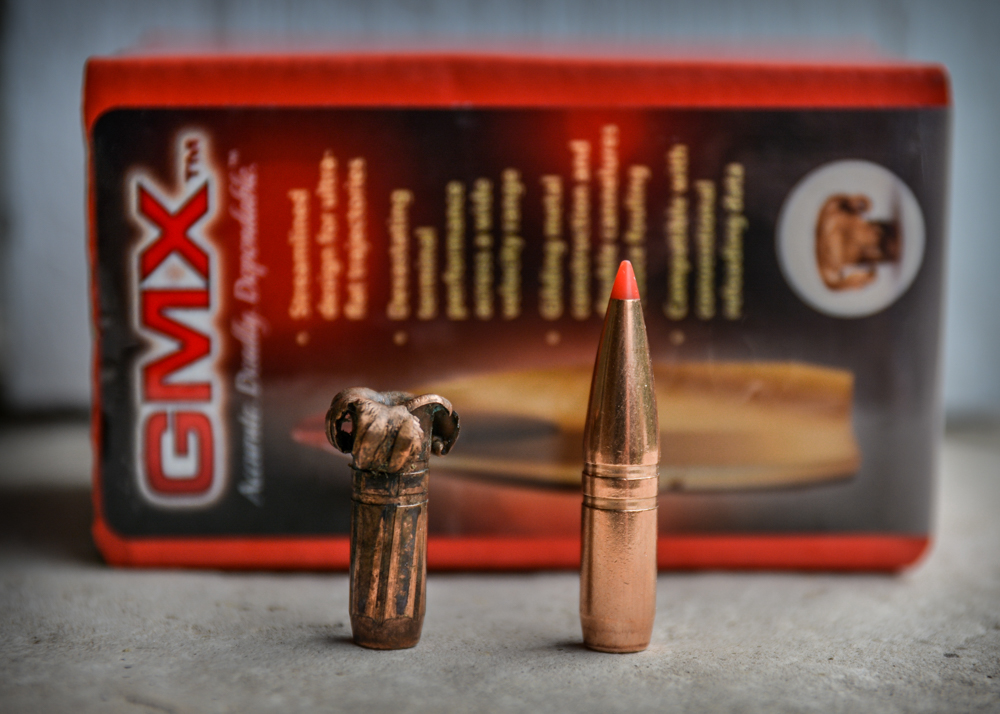
Lead Free Bullets. With California not allowing the use of lead, and several states already heading in that direction, companies are making a huge investment into lead-free bullets. The advantages of the non-lead bullet are that they are often longer to get up to the weight needed for accuracy. The long bullet often means a tapered tip which cuts through the air better and has less drag. It also tends to stabilize since the bullet spins and the length allows for less “wobble”. If you have ever heard of the term “bullet tumble” this is when the bullet wobbles and eventually tumbles through the air. The most common reason for this is when the tip of the bullet is distorted or bent either from poor feeding from the rifle or it gets bent in storage. Lead free bullets are hard to deform due to their all copper or alloy materials. Since they are elongated, they have a high ballistic coefficient and are less likely to wobble or tumble.
Being designed to expand upon impact some have striations and a polymer tip that helps separate the petals. I have used the Hornady GMX (Gilded Metal eXpanding) bullet in my 7mm-08 and have killed elk and deer at long ranges (over 300 yards) and found that bullet to be extremely accurate with great weight retention. Nosler E-Tip, Federal Premium Trophy Copper, and the Barnes TSX (Triple-Shock X) are all copper or lead free bullet ammunition. All of these bullets are lead free and are great options for big game hunting.

Complete package.The bullet is what hits the animal and kills it. But everything that goes into a completed round affects the bullets flight. There are four components to a loaded round: primer, case, powder, bullet. Starting with the primer. This is where the firing pin strikes the round and it has a small amount of high explosive that is set off from the shock of the primer strike. It is important to use a good primer that is consistent as this is what starts the burning of the powder. Most commercial ammunition companies use blends of powder that they have come up with and won’t let the consumer know what it is. For modern rifle powders the shape is cylindrical and this helps with the controlled burn rate. How fast or slow a powder burns determines the amount of pressure that is created before the case and the bullet separates. That pressure is what pushes the bullet down the barrel and increases the speed to the muzzle velocity. The velocity of the bullet as it leaves the barrels is as fast as it will ever go. From there it starts to slow due to drag and gravity. The burn rate of the powder also determines recoil, as the higher the pressure (faster the bullet is pushed) the more recoil there is. You will notice “reduced” recoil ammunition made available by commercial ammo makers. This is often done by either a low pressure powder or a reduced load (less powder). Be sure to check the label as most of these reduced loads have limited range due to the bullet moving slower, increased drop and less energy. Extended range ammunition is often a load that pushes the specially designed bullet faster, again controlled by the powder and amount used. Custom loaded, Trophy Grade, Premium and other lines of ammunition offered by companies means tighter tolerances, better components, and extensive research and that is why they often cost a little more. These lines of ammo are as close to hand loading as you can get without the hassle of hand loading.
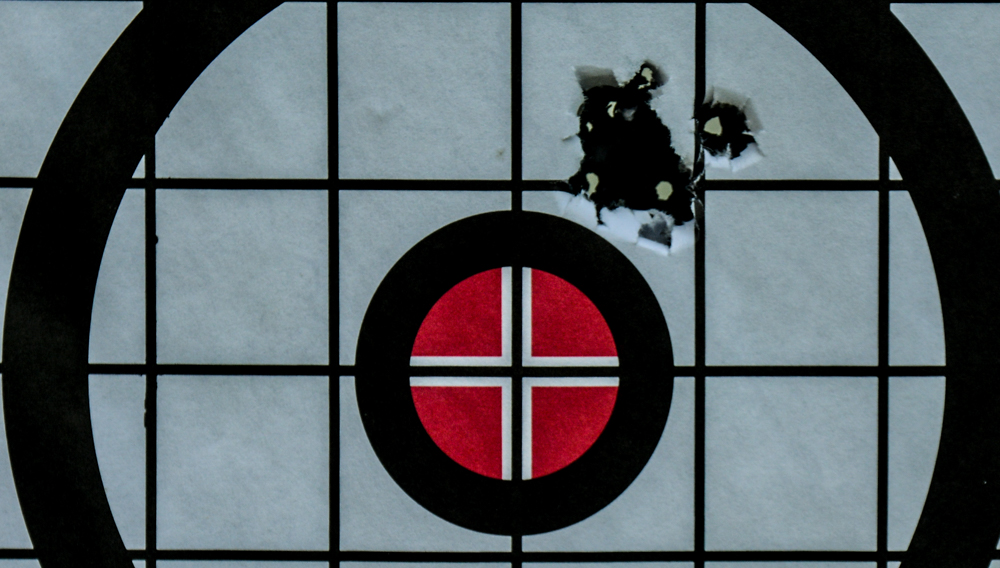
Next time you walk down the ammunition isle be sure to look at the package. See which bullet is being used, and if there is a chart on ballistics look at the retained energy downrange. Bullet drop should be a factor also, especially for smaller game and varmints but for most big game hunting the energy is more important and most important is bullet design. Do some research on the bullets you see loaded in your caliber before you purchase the ammo. And buy a box or two in different bullet weights and styles and head to the range. A day spent at the shooters bench perfecting the best box of ammo for your rifle will help you tremendously when fall hunting season rolls around. It might not be the most expensive box of ammo that does best but don’t let the price be the determining factor in what you use.
Jason Brooks
Outdoor Line Blogger
The Outdoor Line
710 ESPN Seattle


